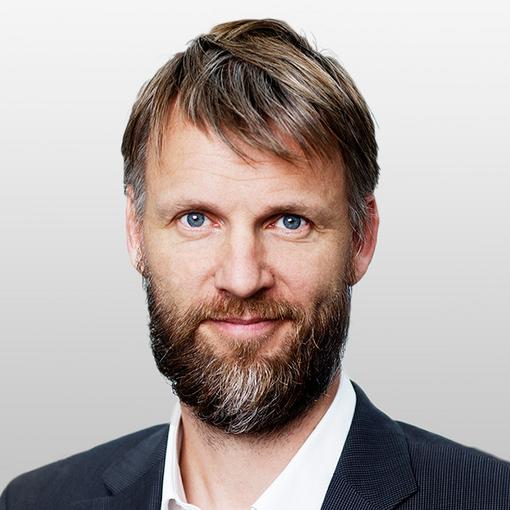ATP invests in huge, Danish geothermal heating systems
Hot water from the Earth’s interior shall supply houses with renewable energy. The geothermal power plant that will be built in Aarhus will become the largest in EU. ATP invests in the project and plays a crucial role in utilizing the planet’s fourth renewable energy in Denmark
ATP now invests in the company Innargi, which shall build and operate the geothermal power plant that will extract energy from deep inside the soil in Jutland, Denmark. This was announced at a press meeting where among others Minister for Finance Nicolai Wammen and Minister for Climate, Energy and Utilities Dan Jørgensen. Already in 2025 the geothermal power plant can supply heat to the Aarhusians, and it is expected that it will be fully developed in 2030 with 110 MW.
Heat from the Earth’s interior
”While the sun and winds come and go, the heat inside the Earth is always there. This makes geothermal energy stable and renewable, and it is needed if we are to succeed in the green transition. ATP is proud to enable this project, which has a huge Danish and international potential, and where there will be returns to be gained in the long run for the benefit of our members,” says Bo Foged, CEO of ATP, and he continues:
”Geothermal energy holds enormous perspectives. It can be used in the heat supply instead of coal, gas, and biomass. Therefore, this investment is in line with our climate ambitions as announced in autumn 2021 in connection with COP26.”
ATP now owns 37 percent of Innargi, NRGi owns 20 percent, and A.P. Møller Holding, which has founded Innargi, owns the rest.
Working together in the green transition
The energy source from the Earth’s interior is inexhaustible and can play the same role for heat as sun and wind do for electricity.
”The company has great potential. In many big cities in Europe there is hot water in the subsoil. And our business partner has many, many years of experience in drilling into the subsoil. Roughly speaking, one can say that previously A.P. Møller was skilled at drilling for oil, and now they have to drill for hot water. We are convinced that this investment will provide good returns for the members, and the importance for the green transition is obvious,” concludes Bo Foged.
In Europa buildings account for 13% of all greenhouse gas emissions. Geothermal energy can supply heat regardless of whether the sun is shining, or the wind is blowing, and therefore it can be used as basic heat, replacing coal, gas and biomass.
For further information

Stephan Ghisler-Solvang
Head of Press
Fakta om geotermi
Geotermi er den varmeenergi, der stammer fra jordens indre. En til tre km nede i Danmarks undergrund er der mange steder 60-80 grader varmt vand. I et geotermisk anlæg høstes varmen fra vandet og overføres til vandet i fjernvarmenettet i et lukket kredsløb. Herefter pumpes det geotermiske vand ned i undergrunden igen.
Fakta om projektet
- Det geotermiske varmeanlæg i Aarhus bliver EU’s største. Det er dimensioneret til at producere 110 MW
- Geotermiske anlæg larmer ikke, lugter ikke og ryger ikke
- I 2030 kan geotermi dække 20 % af fjernvarmebehovet i Aarhus. Det svarer til varmen i 36.000 husstande
- I Aarhus kan geotermi reducere de årlige CO2-udledninger med op til 165.000 tons CO2 (inkl. straksudledning og alternativ anvendelse af biomasse)
- Det geotermiske vand bliver hentet 1-3 km nede i jorden
- Anlægget i Aarhus kan levere varme fra 2025 og er fuldt udbygget i 2030
- Et geotermianlæg fylder mindre end straffesparksfeltet på en fodboldbane. Det kan levere varme i 30 år
- Der findes tre mindre geotermianlæg i Danmark: Sønderborg, København og Thisted. I udlandet anvendes geotermi blandt andet i Lund, Paris, München og Toscana-området
- Geotermi udgør i dag mindre end 1% af fjernvarmen i Danmark. Geotermi kan dække 30% af fjernvarmebehovet i Danmark – det svarer til 600.000 husstande